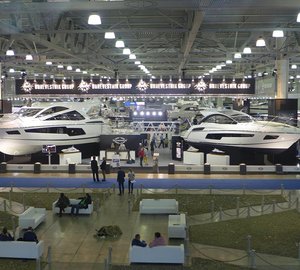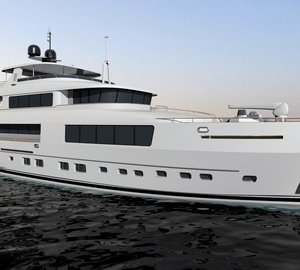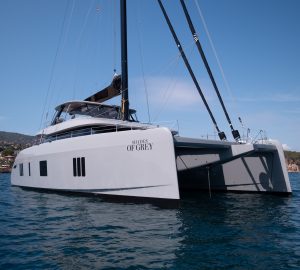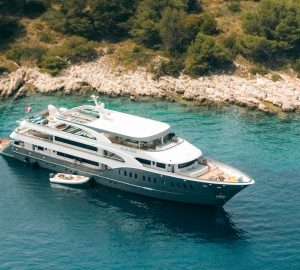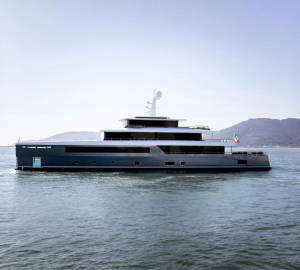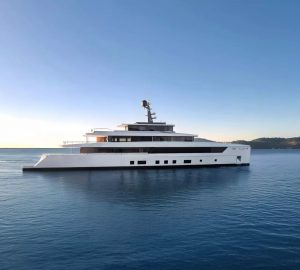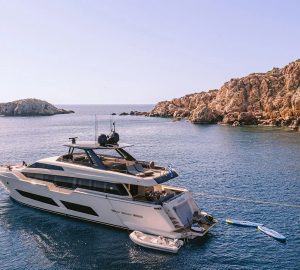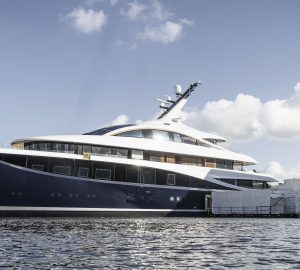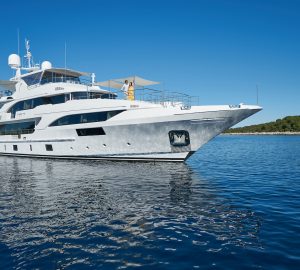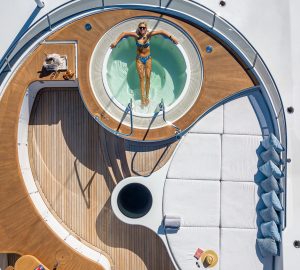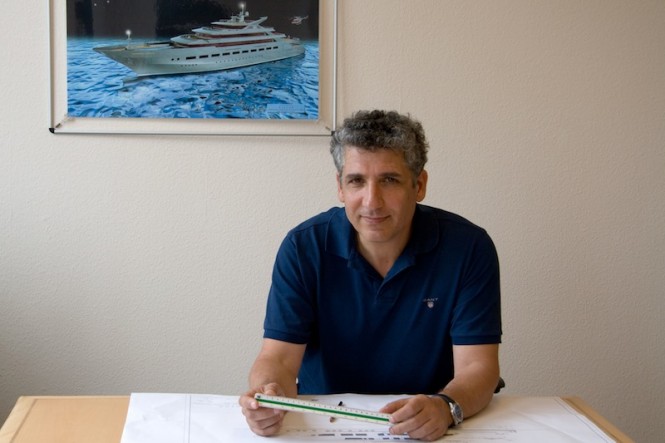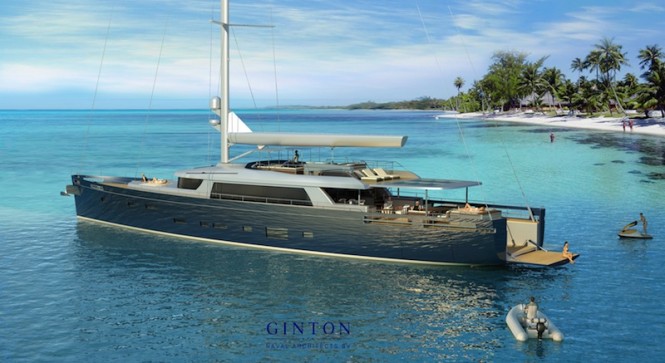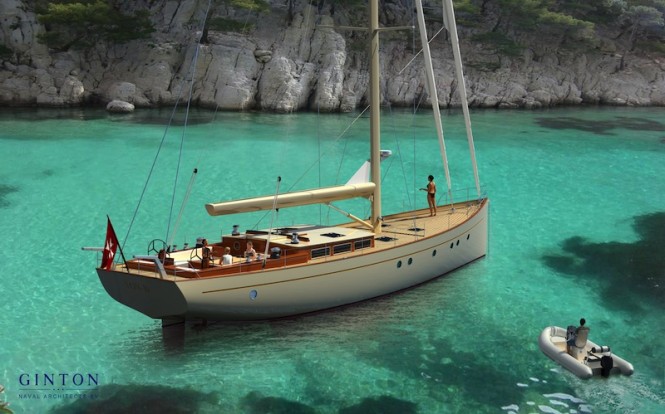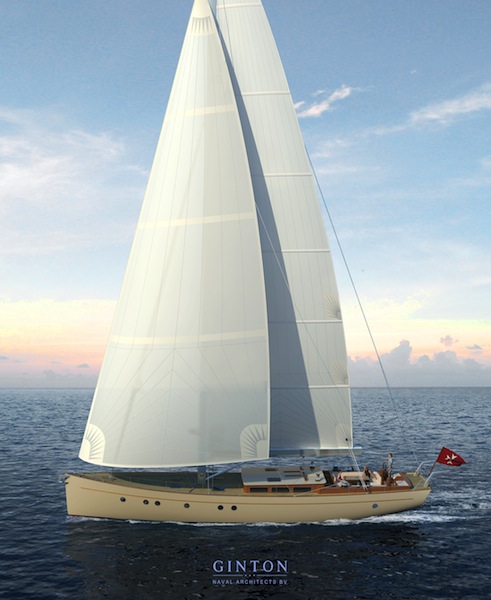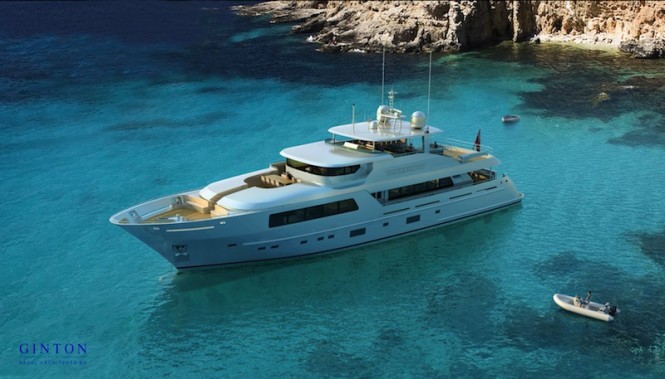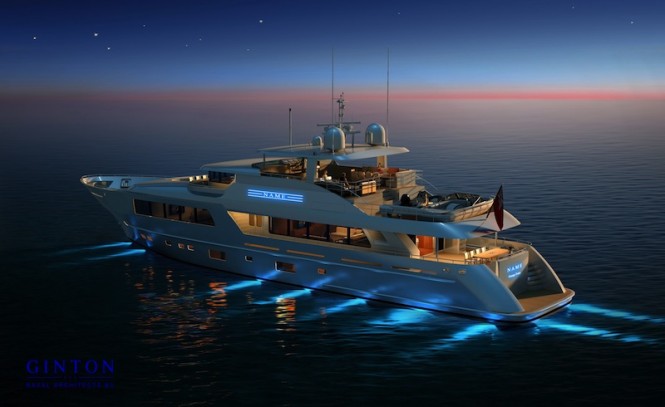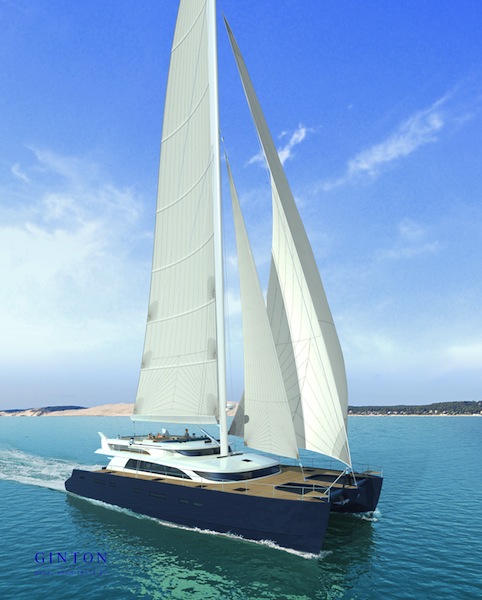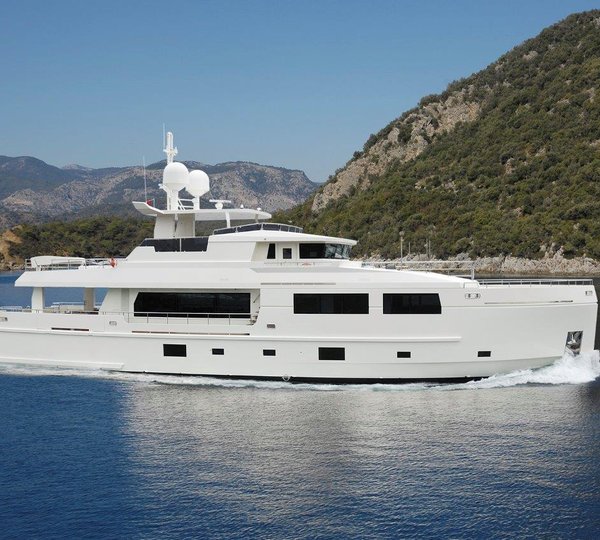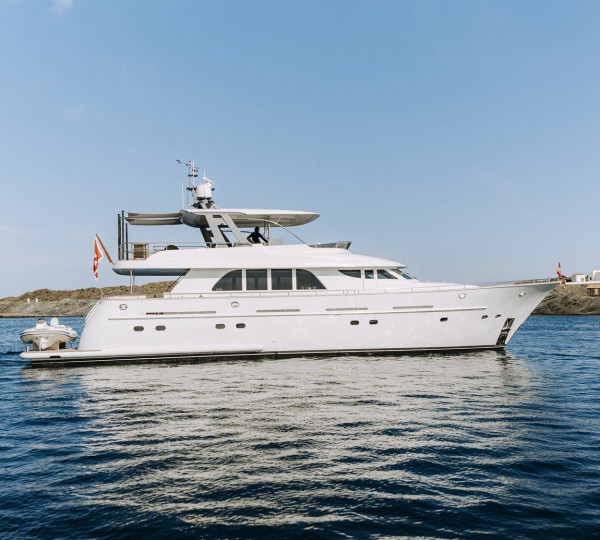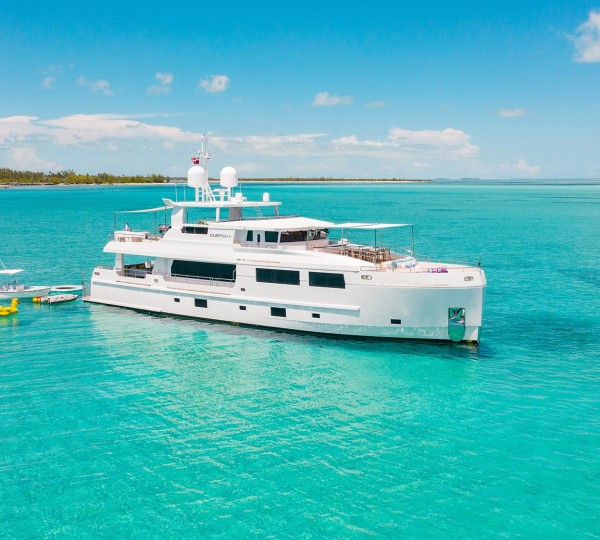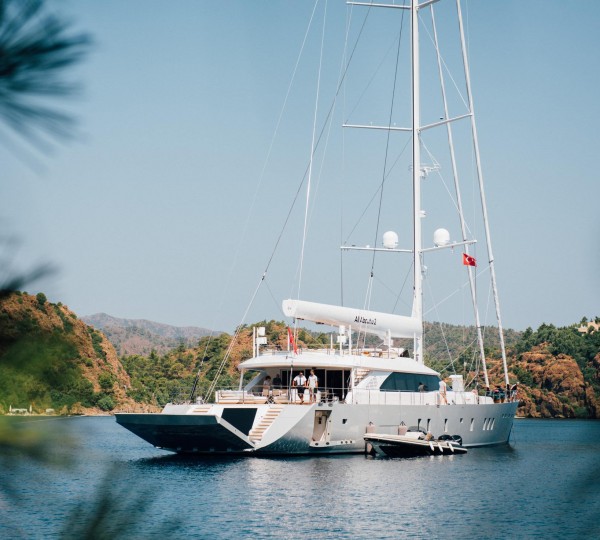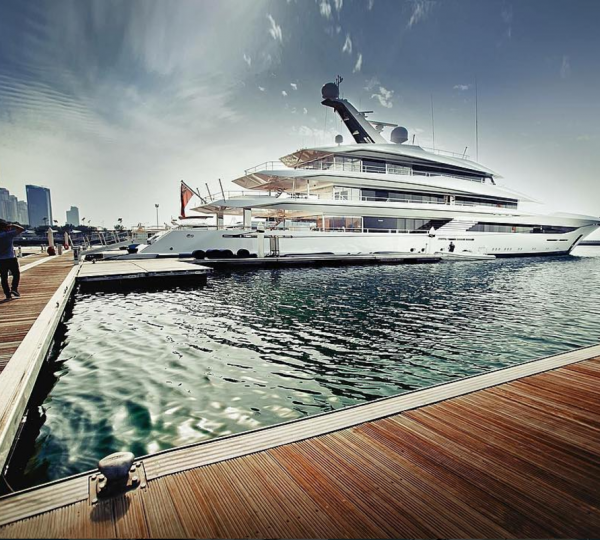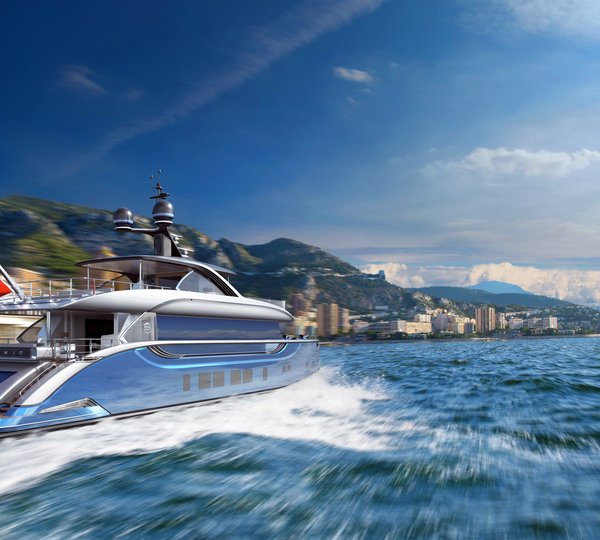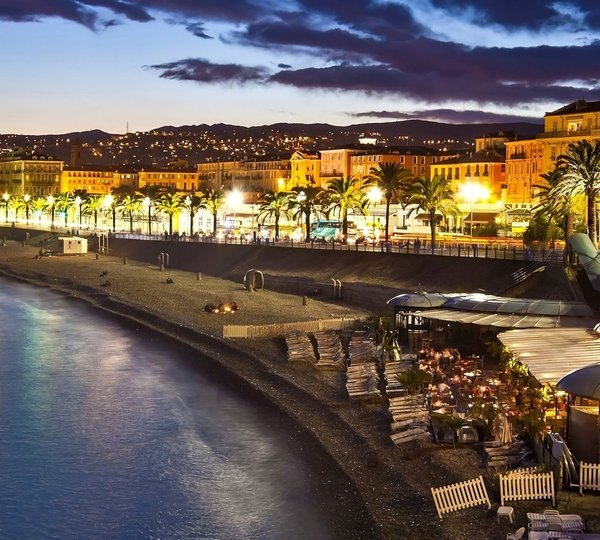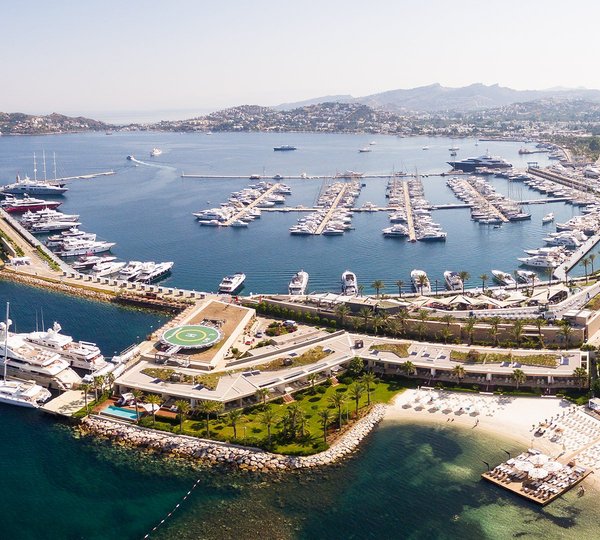Ginton Naval Architects BV is a well known design and naval architecture studio, specialising in ocean going yachts developed by their multi-disciplined staff. This interview with Jaron Ginton of Ginton Naval Architects reveals the inspiration and drive behind Ginton’s yacht designs as well as some of their current and future superyacht projects.
Can you tell us about Ginton Naval Architects?
When people ask me what makes us different from other design studios, my answer is: Sea time. A significant part of our staff, including myself, spent many years at sea, and I think it influences every drawing and every detail. Furthermore, all of our staff are qualified naval architects, which accentuates the sea worthiness of our designs. People often tell me that we don’t design yachts, but ships. The consequence of that is that for each design we produce many detailed drawings. This allows us to communicate with the client and the builder in an efficient way.
How did you decide to become a yacht designer?
I was a captain on a motor yacht doing diving charters in the Red Sea, and later a captain of a wooden charter schooner; also in the Red Sea. Than I bought an old wooden 9 m sloop and sailed with it the Mediterranean and across the Atlantic Ocean. During the period of using these boats, I felt that things were not designed as I wanted them to be and I felt I could do better. So, at the age of 29 I started the university, graduating as a naval architect at the age of 33, with the background of more than 50 000 sea miles.
What is the first step taken when creating a new yacht design?
Obviously, the very first step is to listen carefully to the client’s requirements. After that the inspiration comes quickly by itself. I never had the feeling of not knowing in which direction to go. Then I sketch for myself with a pencil. These sketches are really for myself only in order to establish the concept. Once I am happy with the sketch, 3D hull model is the next step. Afterall, the hull is the most important part of the ship and it must be good, beautiful and should fit the character of the ship. So, the answer to your question in fact is that the first step is to design the 3D model of the hull.
Every designer cultivates its own style. How would you describe the style that Ginton Naval Architects offers its clients?
Straight forward style. We try to make it so that most of the visual features and shapes have also a function. By doing so designs remain calm. I do think that the right proportions are the most important feature for a balanced design.
What are some of the specific challenges when it comes to a yacht design?
There are many challenges. A yacht is a pleasure craft, and as such it must give pleasure to the owner. She should be sea worthy, nice looking, comfortable, simple to operate, reliable, easy to maintain, simple to build etc.. The challenge is to make the yacht to comply with these requirements as much as possible, to take good judgement and compromise between conflicting requirements.
What inspires you in the yachting industry?
Strong sea worthy ships like supply vessels, big tugs and ice breakers.
Customer’s wishes and requirements are very important. How do you balance your own belief and ideas, and the collaboration with the shipyard?
Yes, you need to balance. There is no formula to how to do it. But at the end, you need to design a good ship and also a “build-able” ship. We take tremendous effort to keep things simple. Some time we redraw a drawing several times until we think it is simple enough. I think this strive for simplicity helps us to better collaborate with the shipyards while complying with the customer’s wishes .
Can you tell us about any of your forthcoming projects?
At the moment ten hulls of our yacht designs are under construction at several shipyards, in different countries (Mulder Shipyard in Holland, Mengi Yay and Yacht Marine in Turkey, Favaro Yacht in Italy, and in the Ukraine: Sigo Marine, Liman, Fifth Ocean and Black Sea yard)
On the subject of new designs, we are occupied now with three exciting projects in a preliminary design stage. A 41m sloop, steel hull, aluminium superstructure, a 35m wooden motor yacht and a 24m aluminium sail catamaran .



